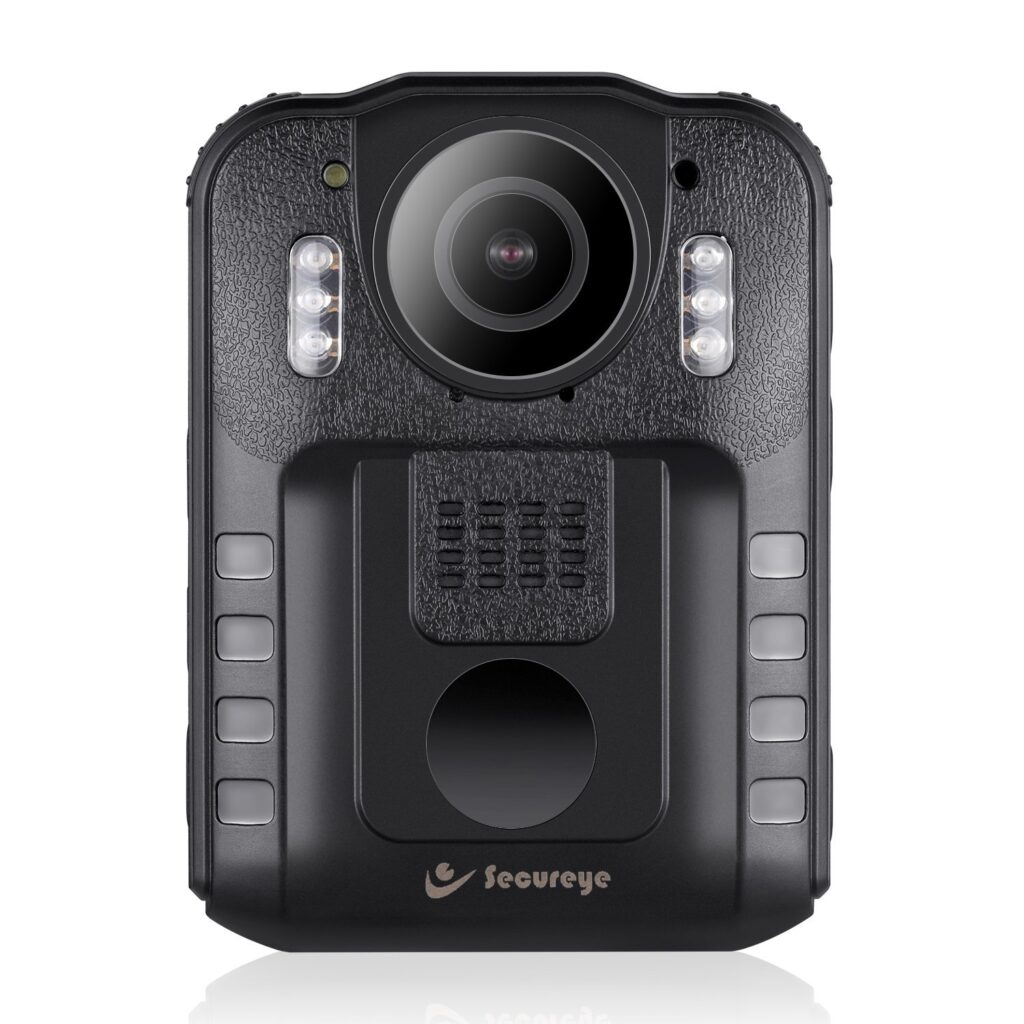Body-Worn Cameras have emerged as a crucial tool in law enforcement, revolutionizing the way incidents are recorded and providing an additional layer of transparency. These devices, typically worn on the uniform of police officers or security personnel, capture audio and video footage of interactions, enhancing accountability and shedding light on critical moments.

Benefits of Body Worn Cameras
Transparency and Accountability
One of the primary advantages of body worn cameras is the enhancement of transparency in law enforcement activities. The footage obtained serves as an unbiased record of events, offering insights into the conduct of both officers and individuals involved in an incident. This transparency aids in resolving disputes, providing clearer narratives, and holding accountable parties responsible.
Improved Officer Behavior
The presence of body worn cameras encourages officers to adhere to protocols and maintain professionalism during interactions. Studies suggest that officers tend to exhibit more compliant behavior when aware of being recorded, reducing the likelihood of using excessive force or engaging in misconduct.
Evidence Collection and Crime Reduction
The recorded footage serves as valuable evidence in investigations and court proceedings. It provides an unfiltered perspective, aiding in the accurate reconstruction of events. Moreover, the presence of body worn cameras has been linked to a reduction in complaints against officers and a decrease in confrontational behavior during encounters, contributing to a safer environment.
Challenges and Controversies
Privacy Concerns
Despite their benefits, body worn cameras raise concerns regarding individual privacy. The indiscriminate recording of private moments, such as interactions in homes or sensitive environments, poses challenges in balancing accountability with privacy rights.
Data Management Issues
The storage, retrieval, and management of vast amounts of footage present logistical challenges. Departments must establish efficient systems to manage data securely while adhering to retention policies and privacy regulations.

Cost Implications
Implementing body worn camera programs involves substantial costs related to equipment, data storage, and training. Smaller agencies may face financial constraints, impacting the widespread adoption of this technology.
Body Worn Cameras in Different Sectors
Body worn cameras are not limited to law enforcement; they find applications in various sectors. Security personnel, emergency responders, and even healthcare workers use these devices to enhance safety, gather evidence, and ensure accountability.
Best Practices and Policies
To maximize the benefits of body worn cameras while addressing concerns, clear policies and guidelines must be established. These policies should outline when and how the cameras are to be used, addressing privacy considerations and ensuring compliance with relevant laws.
Technological Advancements
Recent advancements include integrating artificial intelligence to automate functions like object recognition and transcription of audio. Improvements in storage capacity and battery life also enhance the effectiveness and usability of these devices.
Public Perception and Acceptance
Surveys indicate that public perception of body worn cameras is generally positive. Increased trust in law enforcement and a sense of security are commonly cited reasons supporting their use.
Future Trends and Innovations
The future of body worn cameras holds exciting possibilities. Advancements in video analytics, increased connectivity, and smaller, more efficient designs are anticipated, further improving functionality and accessibility.
Conclusion
Body worn cameras have emerged as an indispensable tool in law enforcement, fostering transparency, and accountability. Despite challenges, their benefits in improving officer behavior, evidence collection, and public trust cannot be overlooked.

Unique FAQs
- Are body-worn cameras always recording?
Body worn cameras can be activated manually by the wearer or set to automatically record during specific situations, such as when an officer responds to a call. - How long is the footage stored?
Storage duration varies by department policies and legal requirements but typically ranges from 30 days to several years. - Do body-worn cameras violate privacy rights?
There are concerns, but proper policies and regulations are in place to minimize privacy violations. - Can body-worn cameras be tampered with?
Manufacturers implement security measures to prevent tampering with footage, ensuring its integrity. - Are body-worn cameras universally accepted by law enforcement?
While generally accepted, opinions within law enforcement agencies may vary based on individual perspectives and departmental policies.

